Range Rover Autobiography P530 Test Drive Report
公開日:

コンテンツ
My younger brother, who occasionally appears on this blog, recently purchased a Range Rover Autobiography, so I’d like to share a test drive report.
Switching from the GLS580
This Range Rover was purchased as a replacement for the GLS580, which I previously introduced on this blog.
Thanks to its long wheelbase, the size is quite massive, comparable to the GLS. However, when viewed from the front, the width doesn’t visually appear to exceed 2 meters. It actually gives a somewhat more compact impression.
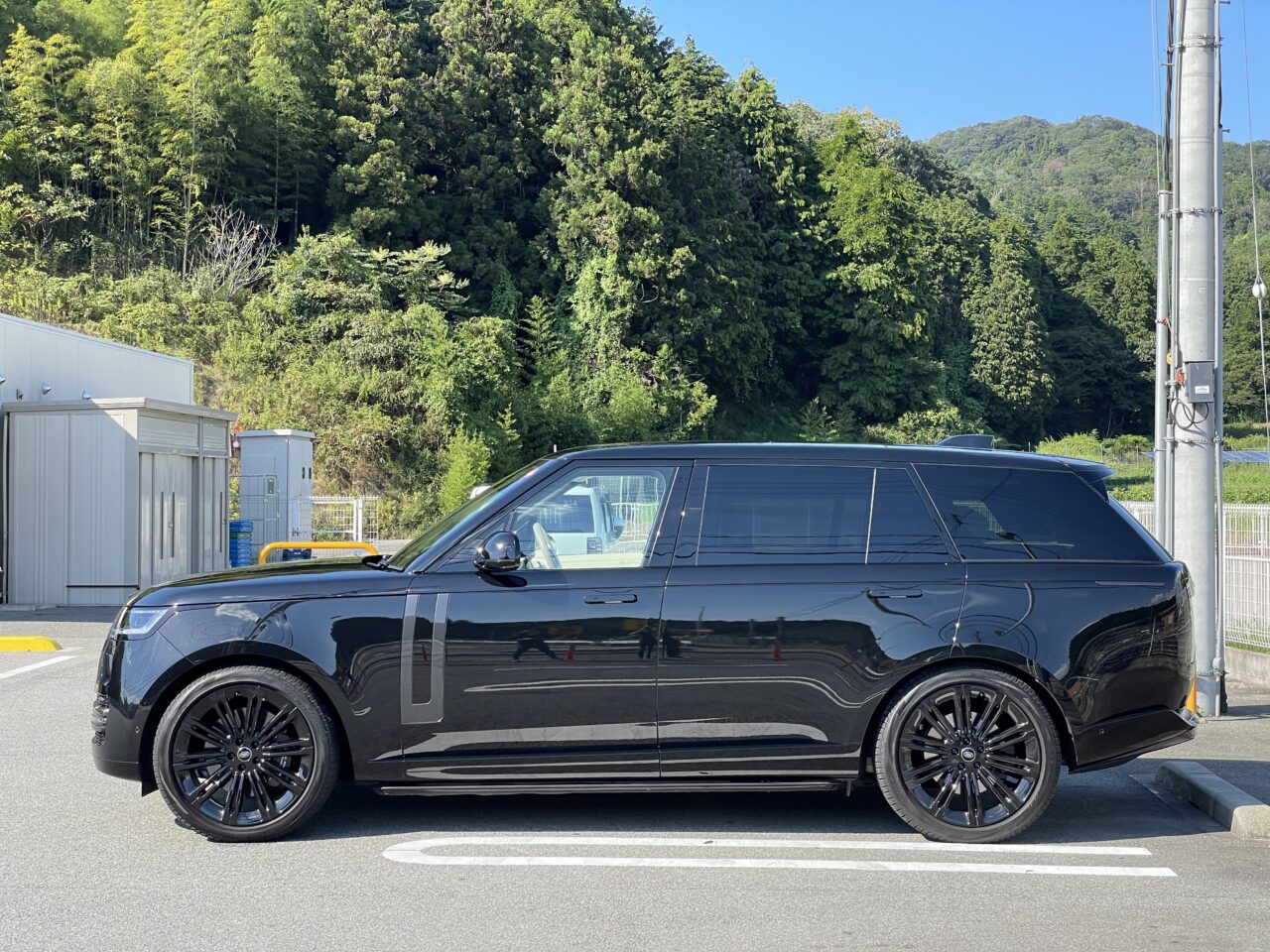
From the side, though, it’s really long. But because it’s equipped with rear-wheel steering, the minimum turning radius is an impressive 5.6 meters for a vehicle of this size.
Once inside the driver’s seat, the view is very elevated, and the distance to the passenger seat feels far away. Since I usually drive cars like the 911 or GLB, this makes the interior feel even more spacious and large.
Wonderful V8 Engine Feel and Ride Comfort
When starting the engine, the BMW-made V8 awakens with a surprisingly bold exhaust note. However, once you shift into D and start driving, this bold-sounding engine becomes very gentle, producing a soft tone.
The engine sounds as if it has very low friction. While I wouldn’t say it’s on par with a Rolls-Royce V12, it has a similar vibe. The engine spins effortlessly with zero vibration, far from the typical aggressive image of a V8.
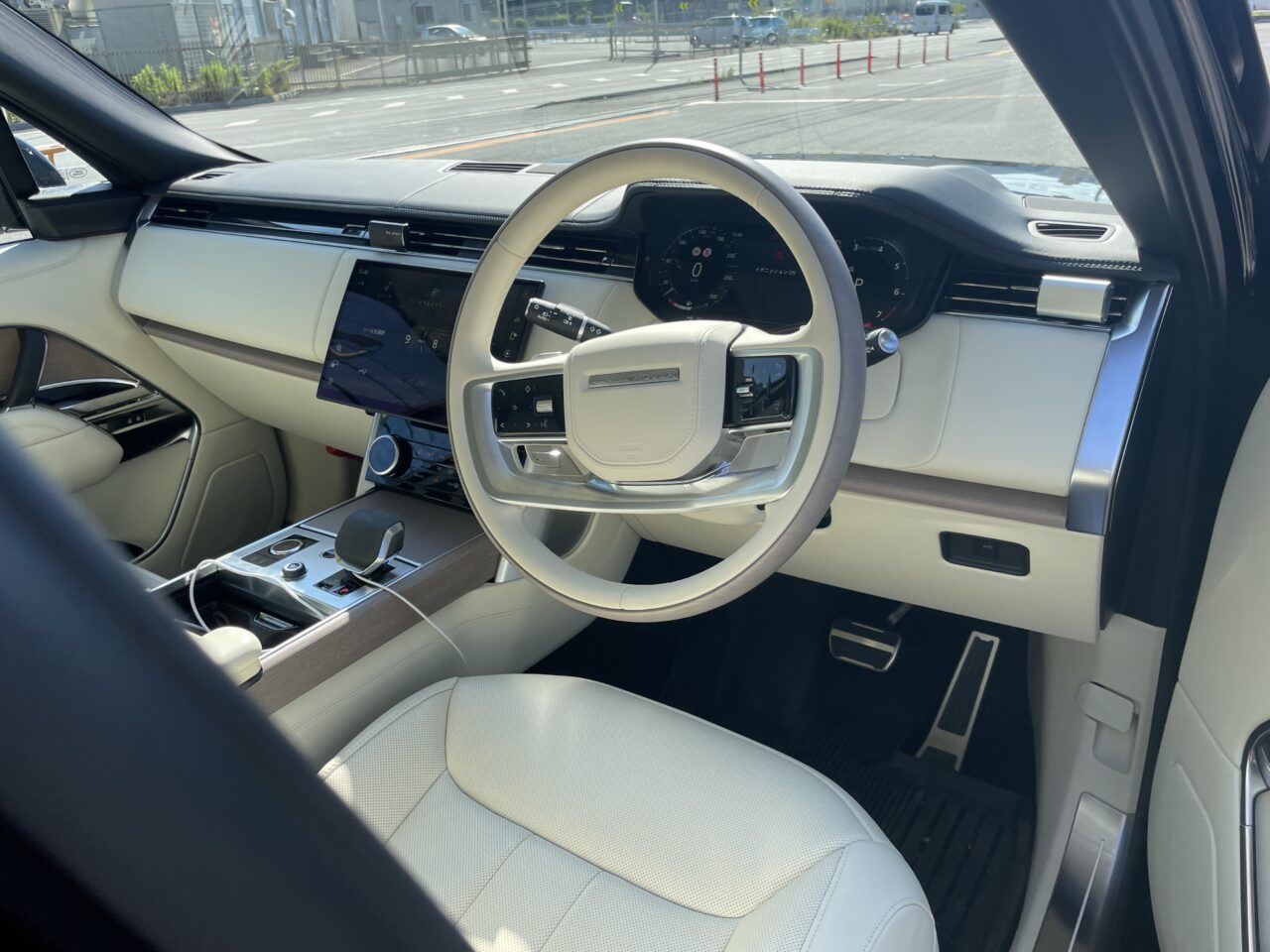
I wondered if BMW’s V8 always had such a gentle tone. When I pressed the accelerator, the Autobiography started off very smoothly. The gentle “thrum” of the engine and the “meltingly soft” suspension made me and my wife say, “This ride comfort is amazing!” as we drove through town.
No matter the situation, it truly feels like you’re gliding on a carpet.
To be honest, both my wife and I had hoped for this kind of ride comfort from the Mercedes GLS we previously drove. The GLS, which is essentially an S-Class SUV, should really aim to deliver the kind of ride comfort found in this Range Rover.
Impressions on the Highway
Moved by the overwhelmingly comfortable ride, I took the car onto the highway.
My brother said it’s “a car that makes you want to drive slowly in the right lane,” and that’s exactly right. It feels better to cruise in the right lane than to keep pace in the passing lane.
Of course, there’s no insecurity or instability at passing lane speeds, but I simply don’t feel the urge to drive faster—even when switching the configurable program to Dynamic mode.
The car never “demands” to be driven harder.
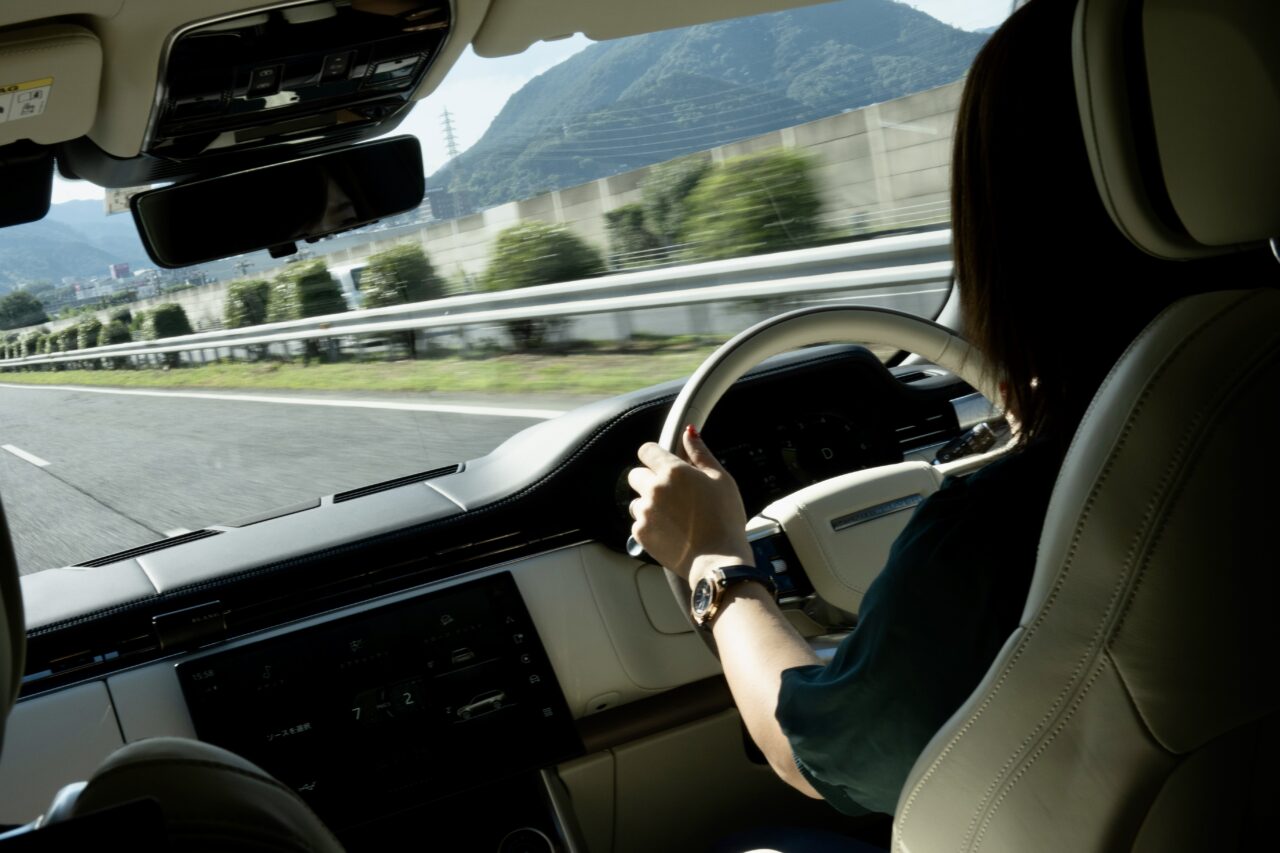
The most pleasant way to drive is to cruise leisurely, like a ship on calm waters.
Testing the handling on a highway interchange curve, despite the very soft suspension, there’s no feeling of weakness. The car remains stable and firmly planted through the turn.
However, there’s no driving pleasure to be found here. The distance between the steering wheel and the tires feels large, and it’s not a car where you read the road surface and anticipate steering angles as you drive.
This suspension setup is designed for the car to do the work, allowing the driver to relax and not overthink things.
Rear Seat Comfort
This Autobiography is configured for five passengers, not seven.
As a result, the rear seats are very spacious. Even with my brother’s seat position—he’s over 180 cm tall and reclines his seat fully—there’s still plenty of legroom in the back.

Even with the front seats set generously, there’s ample space
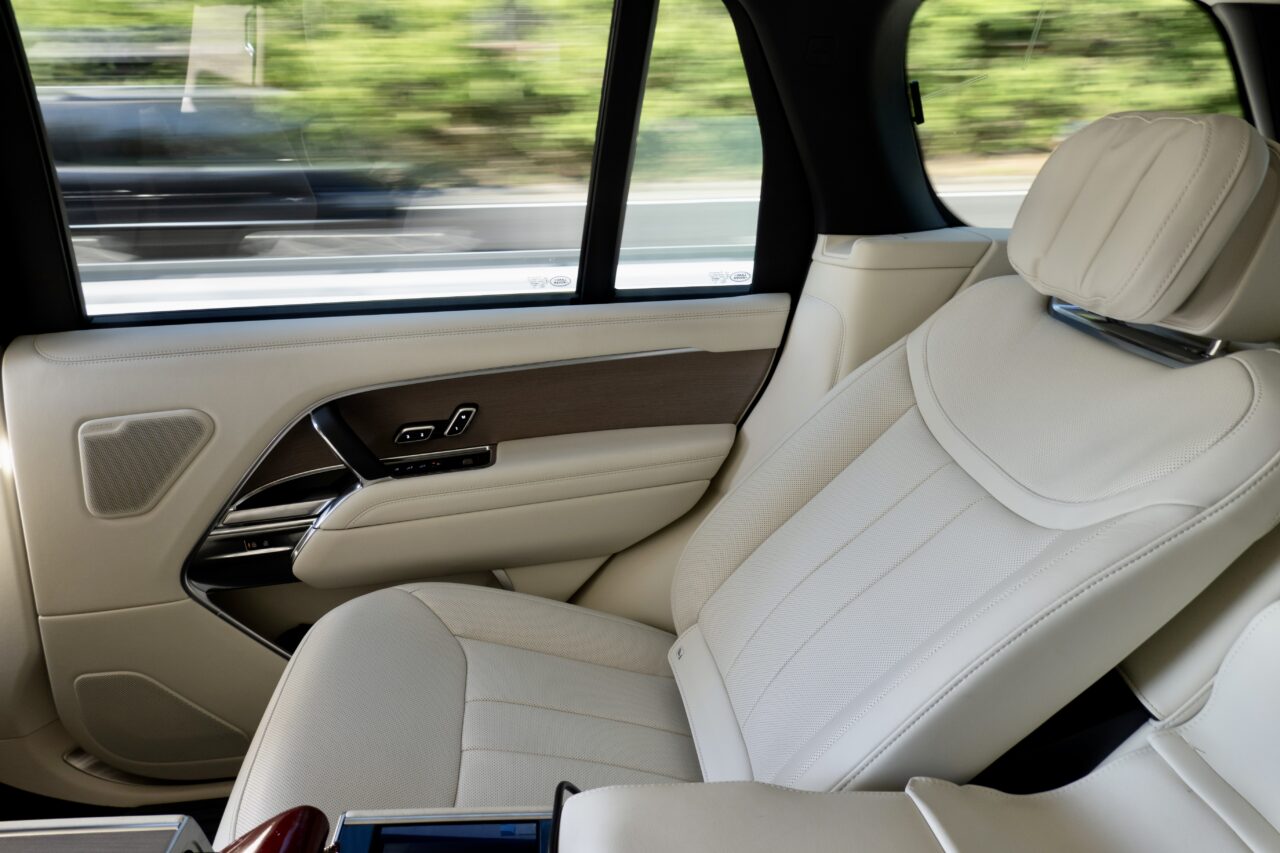
The rear seats also recline significantly, making it so comfortable that anyone would fall asleep on a long drive.
One minor concern in the rear seats is the rigidity of the rear section.
While this isn’t noticeable in the front seats, the rear feels somewhat less solid and reassuring near the rear tires. Compared to the firm front section, the rear feels a bit hollow, and road noise echoes more. This is common in SUVs and likely because the vehicle is designed to achieve optimal balance when carrying some cargo weight in the rear.
Comparison with Other SUVs in the Same Class
Personally, I have experience with large SUVs in this class such as the Mercedes GLS, BMW X7, and Porsche Cayenne.
Each has its own strengths and characteristics, so let’s examine where this Range Rover fits in.
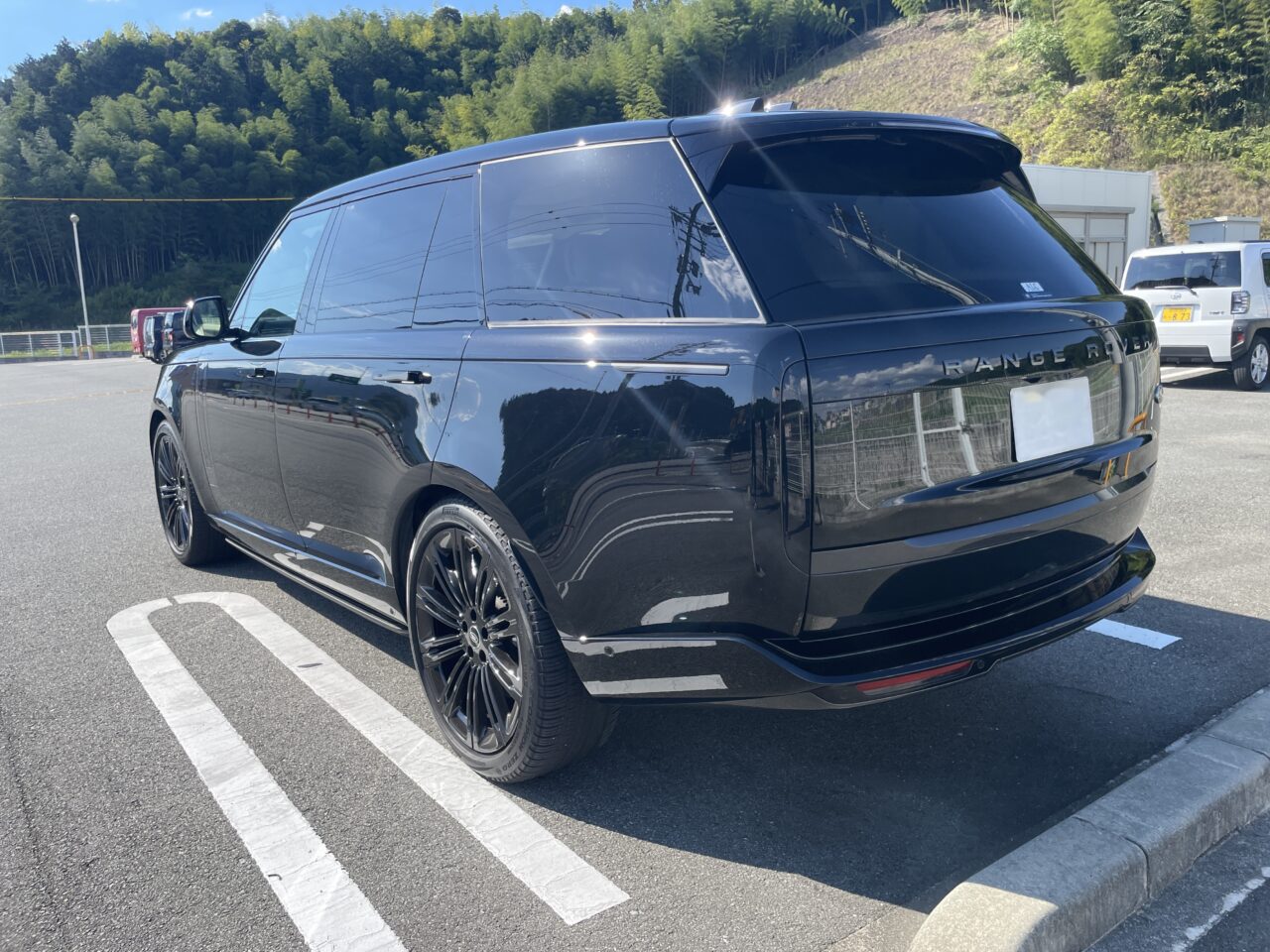
First, in terms of sportiness, this car is the polar opposite of the Porsche Cayenne. So honestly, it’s not suitable for those seeking sportiness or driving pleasure.
Personally, I’d rank sportiness as follows:
Cayenne >> X7 > GLS > Range Rover
On the other hand, when it comes to ride comfort and luxury, the Range Rover is the clear winner—especially for those who prioritize a soft, comfortable ride. The ranking would be:
Range Rover > X7 ≧ Cayenne (PDCC) > Cayenne (Air Suspension) > GLS > Cayenne (Steel Suspension)
However, for those who feel a firm ride is comfortable, the order might be:
X7 ≧ Cayenne (PDCC) > Cayenne (Air Suspension) > Cayenne (Steel Suspension) > Range Rover > GLS
My brother says, “You should buy a Range Rover or something like this for a relaxed ride,” but personally, I prefer cars that feel good to drive, that make me want to drive more and are fun. Still, luxury is not a bad thing and is sometimes necessary.
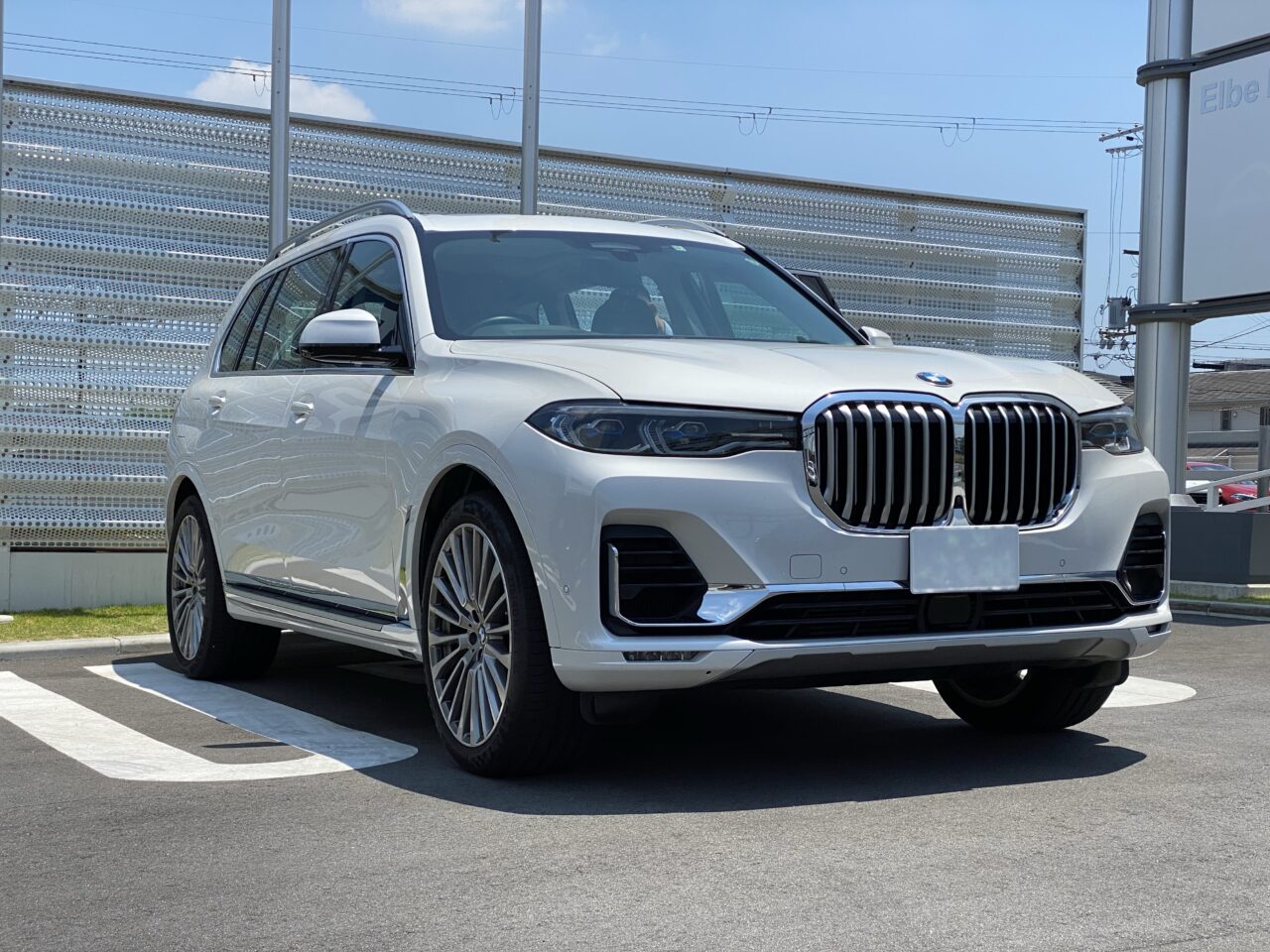
Considering all this, I feel the BMW X7 strikes the best balance between sportiness and luxury.
Choosing a car is truly difficult. There’s no absolute good or bad—it all depends on your preferences and what you seek. This test drive of the Range Rover made me appreciate its excellence and also reminded me how challenging car selection can be.
【Blog Announcement】
Today, Saturday, September 2nd, at 9 PM, I will be doing a live broadcast on YouTube. Please subscribe to the channel and tune in!
https://www.youtube.com/live/HGjbUbYKcEg?si=3sul7-xrccSqSakR
このブログが気に入ったらフォローしてね!


Comment ( 0 )
Trackbacks are closed.
No comments yet.